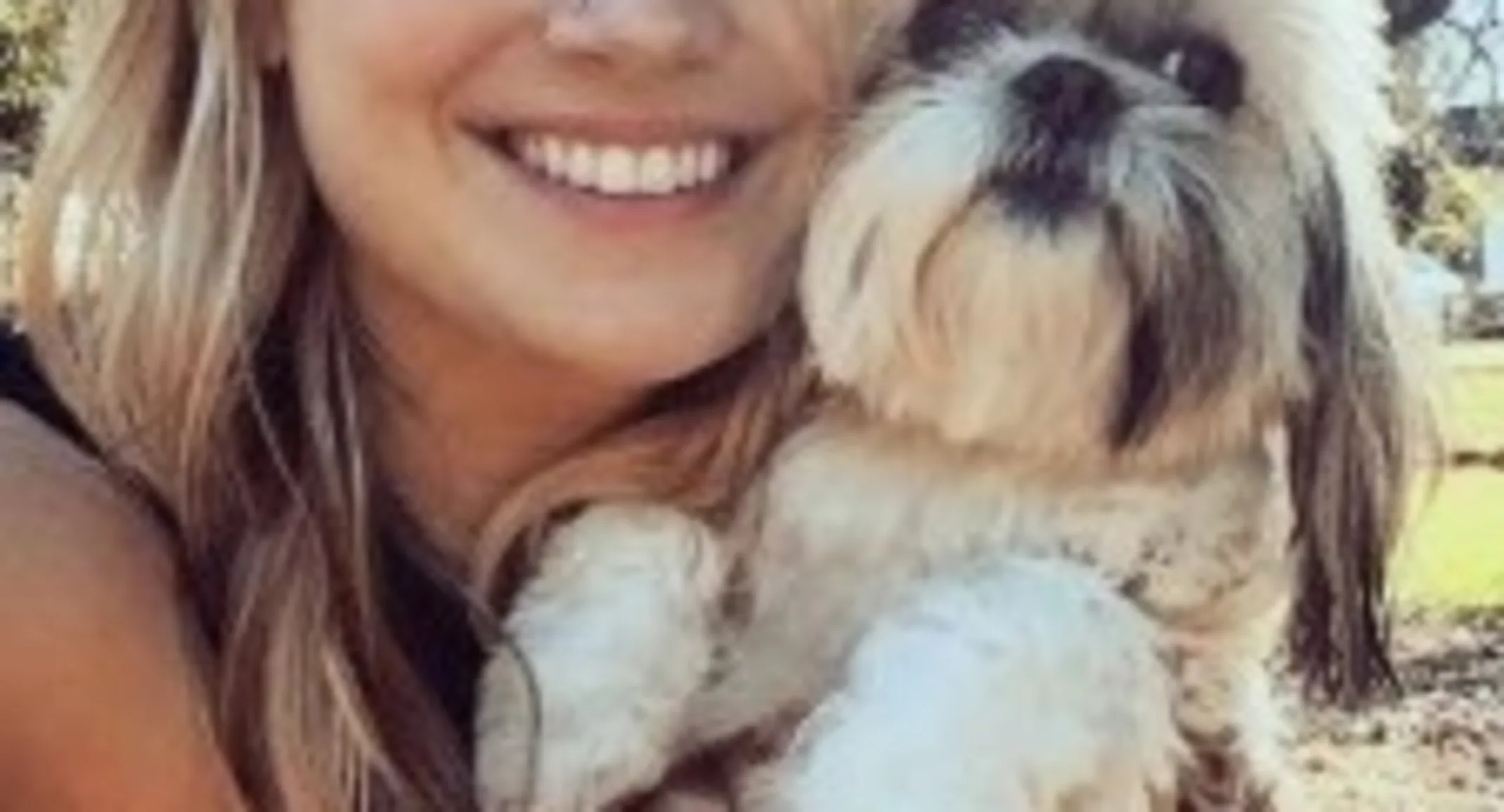Small Dog Week: Boundary Busting
Training Tips

While communicating effective leadership can, at times, feel like an intricate dance, the most simple and successful way to do so is through setting consistent boundaries. Unfortunately, smaller dogs are often times not held to the same standard as larger dogs when it comes to setting boundaries, simply because of their size. While it’s more than annoying to most people when a 100 pound Great Dane jumps up on you when you walk through the front door, it’s often times not only acceptable, but endearing when an 8 pound Chihuahua jumps up on your leg for affection. Allowing behaviors like this, however, will inadvertently communicate all the wrong things to your pintsize pooch.
Many behaviors that we naturally tend to think of as affectionate and cute are actually extremely pushy behaviors from our dog’s point of view. The reason that it is so important to provide strong leadership for your pup is not to be an unloving, militant type of dog owner, but actually quite the opposite. The vast majority of dogs feel quite uneasy when they feel like they have to be the leader of the pack; communicating that we, in fact, have everything under control makes them feel safe in the world. This allows them to sit back, relax and simply be a dog… instead of feeling obligated to call all of the shots, decide who is a threat and who is not and when it is time for certain activities to happen (i.e. feeding, fetch, attention, etc). A lapse in leadership is one of the most common catalysts to problem behaviors like leash reactivity (and barking in general), pushy and demanding behaviors (like insisting on sitting in your lap or barking at you for attention when ignored), and a lack of confidence around unfamiliar people and environments, among many more.
While a vast majority of dogs are subjected to lapses in leadership, our smaller breed dogs are perhaps the most common victims of all. It is crucial to exercise regular boundary setting with dogs of every size, regardless of whether or not you find their boundary busting behaviors personally offensive. We owe it to our canine counterparts to make them feel safe and protected in this crazy human world in which they are expected to so seamlessly fit in. Perhaps the most important boundary to enforce (which is the most common boundary not enforced with our smaller dogs) is not allowing our dog to invade our physical space unless invited by us first. In the canine world, it is considered extremely rude for one dog to invade another dog’s personal bubble without first receiving permission. When we allow our dog to jump up on us when greeting, jump into our lap uninvited, nudge our arm for further petting, or even ever so gently lay on top of our feet, we can inadvertently translate that we are not a strong leader. To begin enforcing this physical boundary, simply ignore her until she ceases to perform the rude behavior and award her with affection when she offers a different, more polite behavior such as a ‘sit’, or in some cases, for just having all four paws on the floor. If need be, use your elbows to gently push her off while you look away (cease to even give her eye contact when she is invading your space, this is important!), but be careful to not use your hands, as this can commonly be mistaken for play. And just as crucial as it is to ignore these rude behaviors, is it to reliably reward her with praise and affection when she offers polite behaviors… as this will ensure that the polite behaviors are being reinforced. Behaviors that are consistently reinforced will begin to happen more and more often, allowing you to effectively modify your dog’s behavior through positively reinforcing only the behaviors you want to see more often! Once she offers you a polite behavior, reward her by inviting her into your space for cuddles and affection. By consistently setting this physical boundary, you will set your dog up to be a happy, confident and polite pup!
